Prepare the Perfect Hanging Baskets
Summer is here, but it’s not too late to put together the hanging basket of your dreams! If you’ve ever struggled to create a hanging basket that lasts all season long, we’ve got you covered. Keep reading for five tips to achieve the perfect hanging basket that will make all your neighbors jealous.
1. Choosing the Right Basket
While this may seem like simply a stylistic choice, choosing the right size and type of basket is crucial to your hanging basket’s success. Your basket should be at least 14’’ to 16” so that your plants’ roots aren’t taking up all of the space in the pot by early summer.
It’s also important to consider the look you want to achieve. If you want to keep it simple, regular hanging pots will do the trick. If you’re feeling a bit more advanced, and want to aspire towards a “flower globe” look with plants pouring out of the basket from all directions, try a wire basket with a fiber liner.
2. Picking the Perfect Flowers
Here’s where you can really get creative! You can make a statement by committing to a single color, or you can mix it up by choosing a variety of colors and textures. It really depends on whether you want your hanging basket to be a subtle addition to your yard, or if you want it to be bolder, immediately drawing the eye. If you need some inspiration, check out Laura from Garden Answer’s 2022 arrangements.
It’s also important to consider whether your basket will hang in the sun or shade, and what type of weather conditions the plants will be exposed to. Choose blooms that will grow well where you choose to hang your basket so that it lasts all the way through the end of the summer.
3. Watering
Consistency is key! Be sure to regularly water your plants at the same time each day, as irregular watering may add unneeded stress to your basket. Since hanging baskets aren’t rooted in the soil, they are dried out much more easily by the sun and wind, and a regular watering routine is especially important.
It’s also helpful to get in the habit of watering your plants early in the morning. The water will be less likely to evaporate and your plants will be well-equipped to handle the afternoon heat.
4. Choosing the Appropriate Soil and Fertilizer
It’s important to choose a high-quality potting mix to keep your blooms bright and beautiful all summer long. Try some of our organic potting soils, like our Moisture Mix, or Potting Mix, which are both perfect for use on all container plants.
Remember, to make your baskets last long, it’s important to make sure the plants aren’t outgrown by early summer. Apply fertilizer slowly and steadily, rather than in heavy doses. Liquid fertilizers are a great way to achieve this. Check out our organic Flower-tone, which can be mixed with water and used every 2 to 4 weeks to feed your hanging plants the microbes they need to thrive.
5. Perfect Pruning
If there are dying blooms in your basket, it’s time to cut them off! Not only do they distract from the beauty of your healthy blooms, but they also use up vital resources in your soil. This is as simple as pinching where the flower meets the stem. Regularly removing dead bulbs ensures that the nutrients in your soil are going towards creating new blooms to keep your hanging plant flourishing.
With these tips, you’re sure to have a beautiful hanging basket that will last you through the summer. Happy planting!




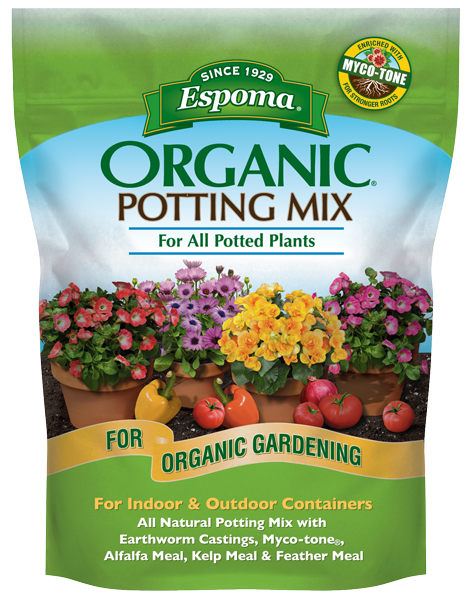
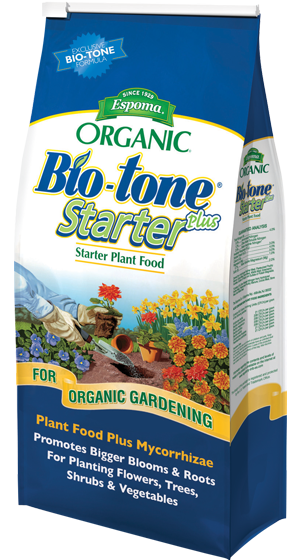

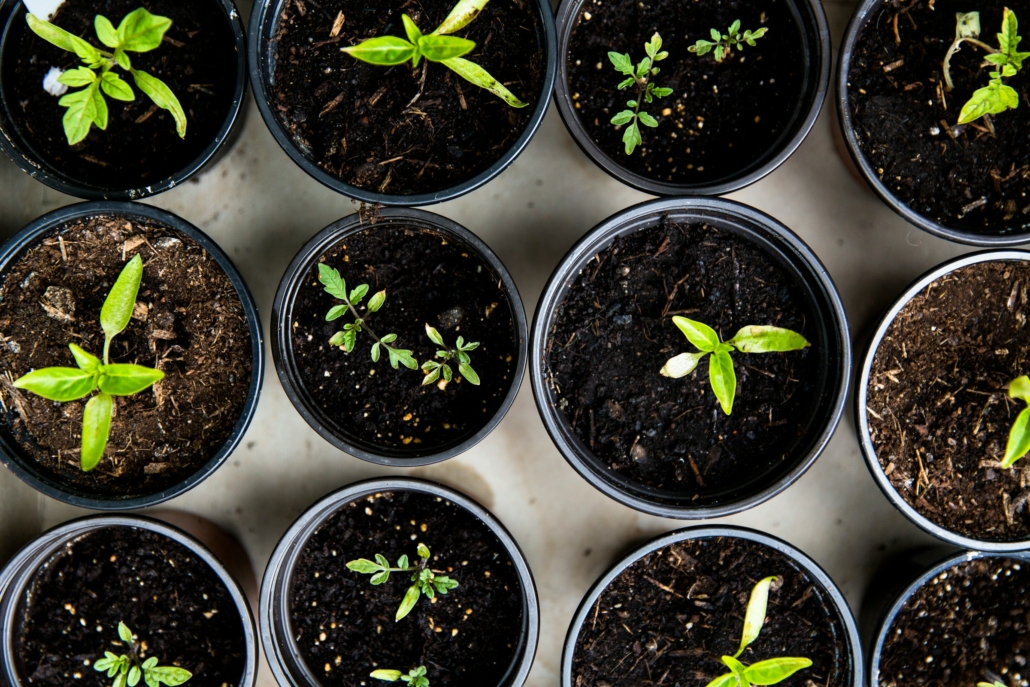
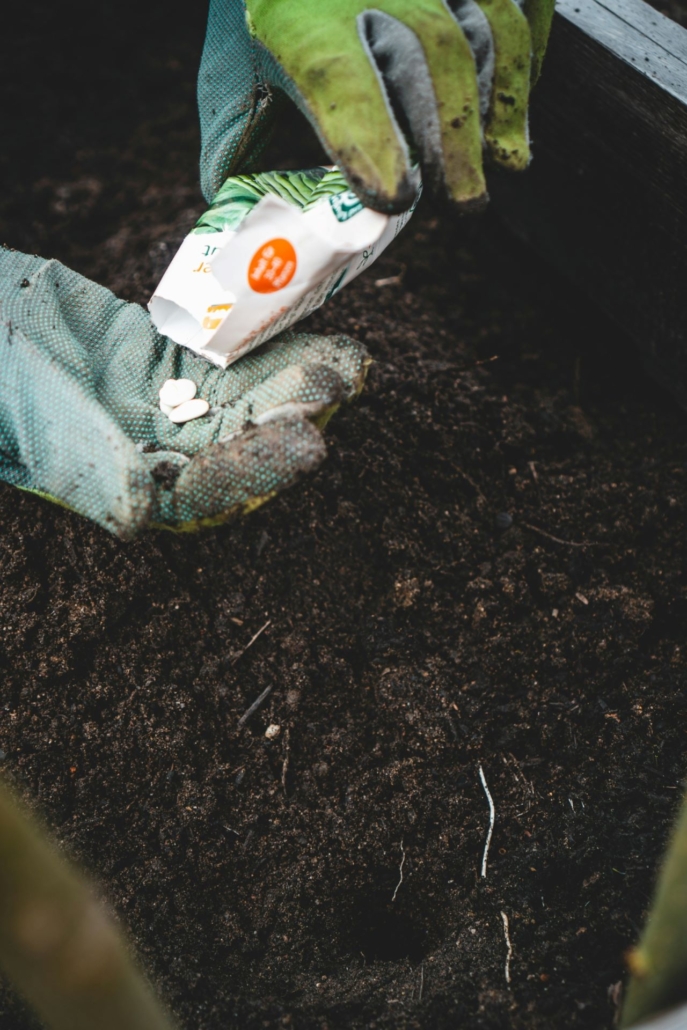
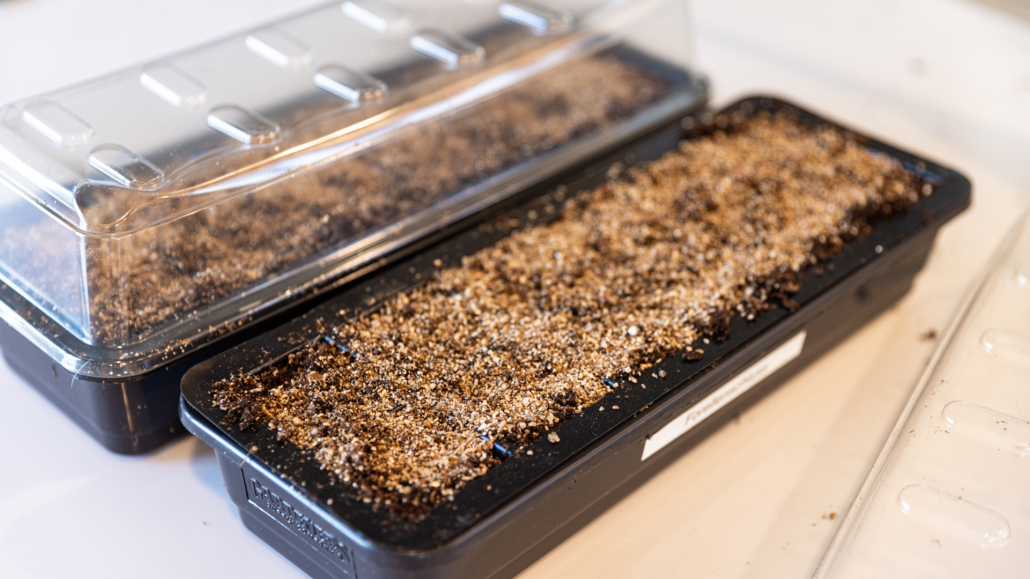
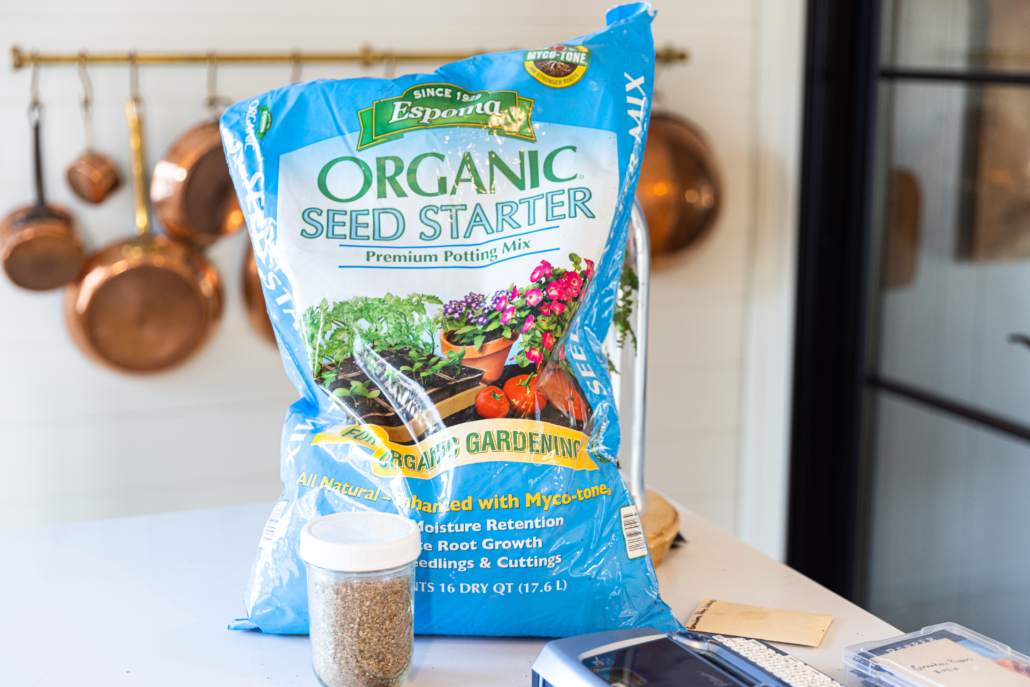
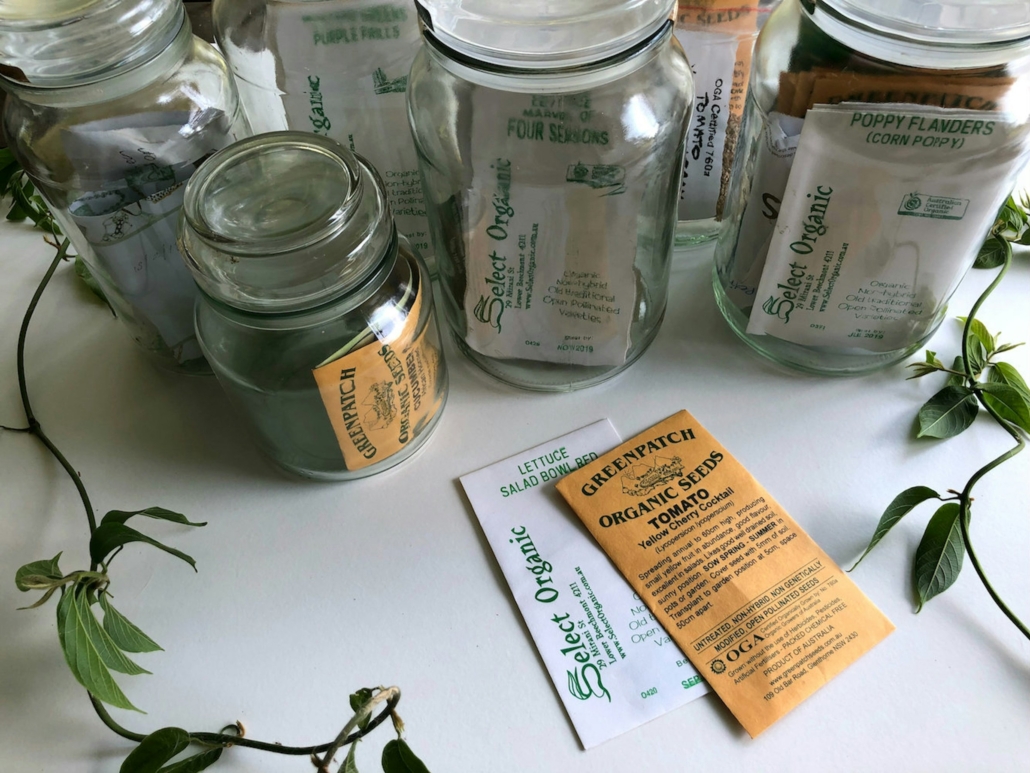
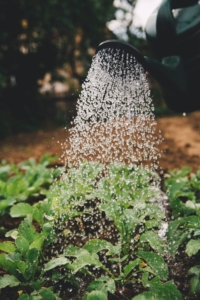
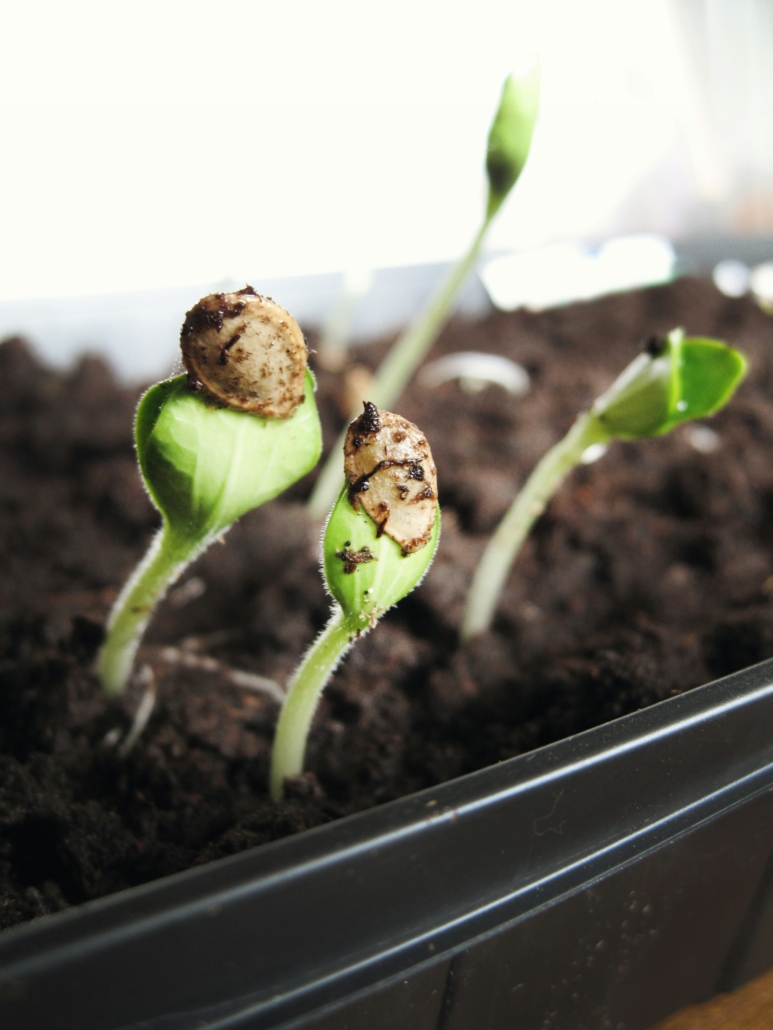
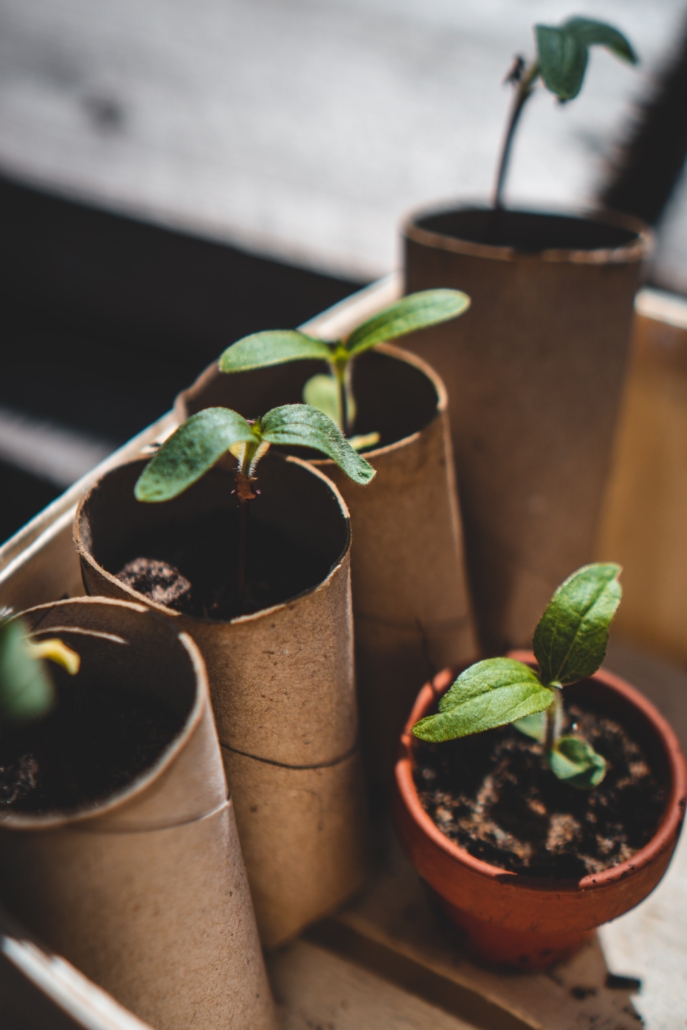
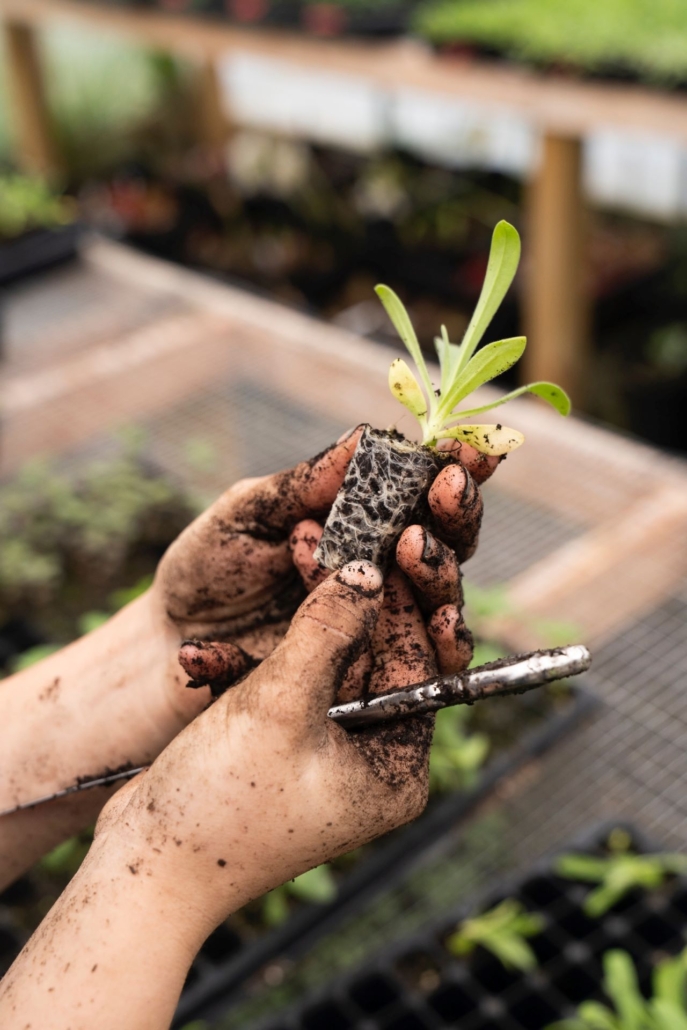
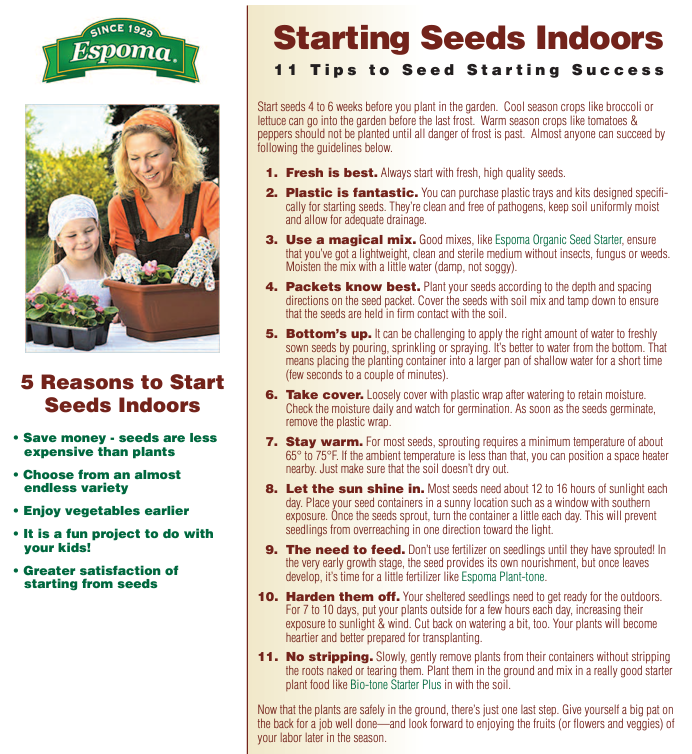
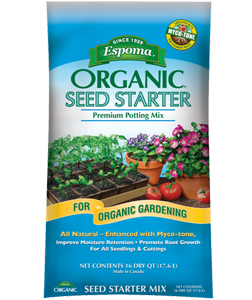
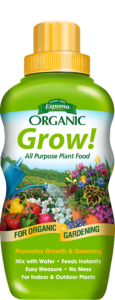
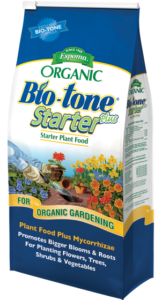
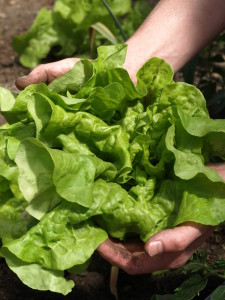
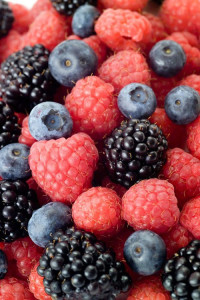 Let’s run through a berry quick overview to help you decide which berry to grow.
Let’s run through a berry quick overview to help you decide which berry to grow.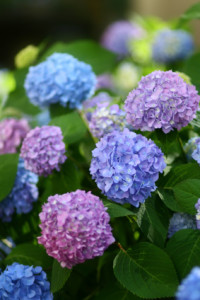 There are very few plants that you, the gardener, can actually choose the color you want them to be in your garden. Hydrangeas happen to be one of them. With some simple amendments to our soil, you can choose between making the blooms blue or pink. And while it doesn’t happen overnight, the magical blooms are well worth the wait!
There are very few plants that you, the gardener, can actually choose the color you want them to be in your garden. Hydrangeas happen to be one of them. With some simple amendments to our soil, you can choose between making the blooms blue or pink. And while it doesn’t happen overnight, the magical blooms are well worth the wait!

